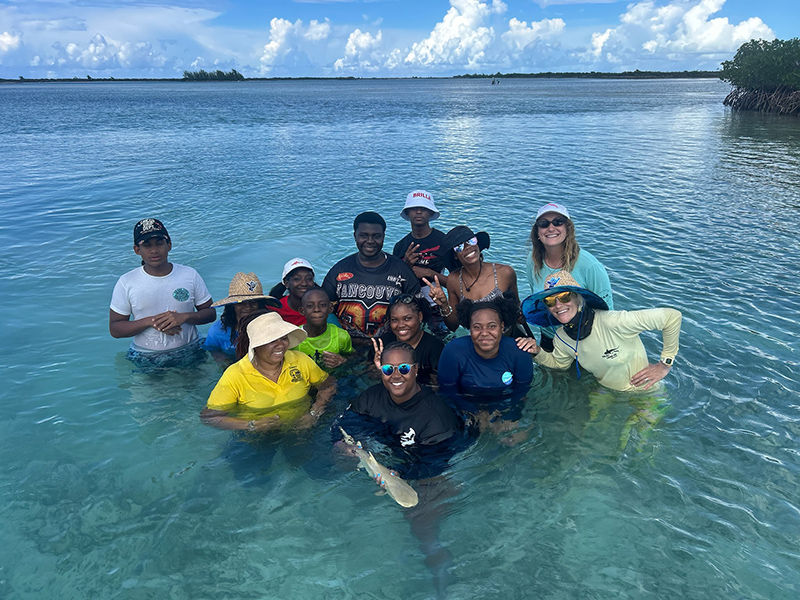Meet Biologist and Artist Dr. Lindsay Marshall
- Sharks4Kids

- Jul 27, 2020
- 2 min read
Dr. Lindsay Marshall is a scientist and illustrator. She completed her PhD titled “The Fin Blue Line: Quantifying Fishing Mortality Using Shark Fin Morphology” in 2010. Lindsay has worked in various taxonomic projects, as a scientist, in collaboration with Dr Peter Last and Dr William White from the National Fish Collection and CSIRO in Australia. Lindsay has written the FAO Shark Fin Guide, a best practice guide to identifying 16 species of shark by their fin morphology. As an artist, Dr Marshall has illustrated for many publications and personal commissions. Most notably, however, she has illustrated every extant shark and ray species (>1200 images) for the NSF Chondrichthyan Tree of Life Project and has also
illustrated the book “Rays of the World” (CSIRO PRESS) a globally recognized book and the first illustrated guide to the over 630 known species of rays found on the planet.

1. What is your favorite shark and why?
This is a very hard question to ask a taxonomist as we really thrive on diversity! Having one species to focus on doesn't really float my boat. 2. What is one shark you would like to see/swim with/dive with?
I haven't been diving with a big eye thresher shark yet. I would love to, because they are insanely beautiful, and also because I want to know how their whole body works from a physical perspective, with that crazy long tail. How do they swim!!? 3. How did you get started creating ocean based art ? What inspired you?
I started by drawing pictures of animals out of my national geographic magazines when I was in high school. I was given a set of drawing pencils for my birthday and I used those. This is also the same time that I got my SCUBA qualification and it opened up a whole new underwater world for me, as all my previous experience with marine animals was from going fishing.

4. Why do you think artwork is important for shark/ocean conservation? How can they help?
I think that people relate to visual content much more strongly than from just reading text. Someone can tell you all about the diversity of sharks and rays, but until you see it with your own eyes, that's when it really hits home. Scientific illustration is a great way to show these things clearly and beautifully, I think. So that the natural wonder of the animals speak for themselves.
5. What message do you hope people take away from your work?
That the world is diverse and there are so many species that nobody really thinks about. That it is worth the time to sit for years and paint every one of them and regard the minutia of physical details that make them all different and valid. 6. What is one thing you wish everyone knew about sharks? That the vast majority of them are really tiny, not huge and chompy. Only a couple of them are chompy. When people say 'shark' it should really conjure up the image of a tiny little catshark.





















